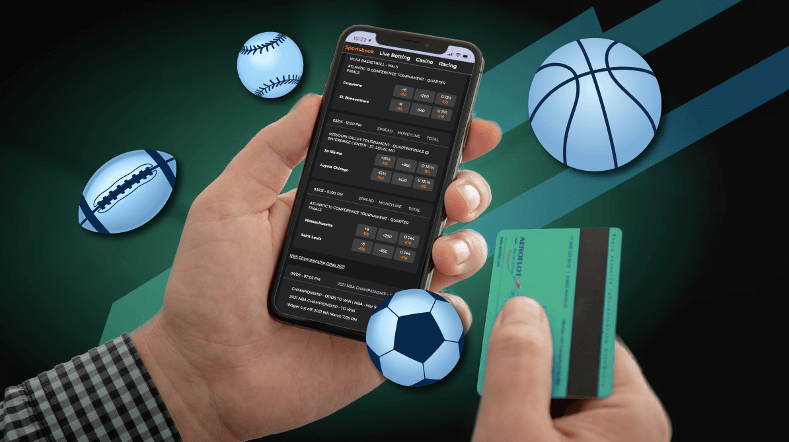
Fast Verification via Passport Scan or Selfie
In today’s digitally-driven world, the need for fast and secure verification methods has never been more critical. With an increasing number of businesses moving online, traditional verification processes have become insufficient, requiring innovative solutions to keep up with the demand for efficiency and reliability. One such solution is the Fast Verification via Passport Scan or Selfie https://betandres-bd.com, which not only enhances security but also improves user experience across various platforms.
The Evolution of Verification Processes
For years, verification processes relied heavily on manual checks and paperwork, leading to long waiting times and potential errors. As technology has advanced, companies began adopting online verification methods. However, many of these solutions were still time-consuming and often required users to submit excessive documentation and wait for approval.
As the demand for streamlined and rapid verification grew, businesses needed to adapt. This led to the development of methods such as biometric verification, digital identity verification, and the increasingly popular passport scan or selfie verification. These modern approaches not only expedite the process but also bolster security against identity fraud.
How Fast Verification Works
Fast verification via passport scan or selfie typically involves several steps, designed to ensure that the individual presenting the documentation is indeed who they claim to be. Here’s how the process usually works:
- Capture: The user is prompted to capture an image of their passport or ID and a selfie. This can typically be done using their smartphone or a webcam.
- Processing: The images are sent to a verification system that uses artificial intelligence (AI) and machine learning algorithms to analyze the captured data.
- Verification: The system checks for consistency between the documents, verifies authenticity, and matches the face in the selfie with the photo in the ID. Advanced technology can detect features like liveness, ensuring the person is present during the verification.
- Approval/Denial: If the data matches and the system confirms the identity, the verification is approved almost instantly. If not, the user may be asked to provide additional information or to retry the process.
Benefits of Fast Verification Methods
Utilizing passport scans and selfies for verification offers numerous advantages for both users and businesses:

1. Enhanced User Experience
Consumers today expect quick and hassle-free interactions. Fast verification methods significantly reduce waiting times, allowing users to complete registrations or transactions in seconds rather than days.
2. Increased Security
AI-enhanced facial recognition and verification algorithms provide an additional layer of security by minimizing the risks of identity theft and fraud. These methods are much harder to spoof than traditional verification methods.
3. Cost Efficiency
By implementing automated verification systems, businesses can reduce operational costs associated with manual verification processes, such as staffing and paperwork handling.
4. Global Reach
Fast verification via passport scans or selfies allows companies to expand their customer base globally by simplifying onboarding processes for users worldwide, irrespective of their location.
Challenges and Considerations
Despite the numerous benefits, fast verification methods also come with their own set of challenges:

1. Privacy Concerns
Users may be apprehensive about sharing personal information and biometric data. Businesses must ensure that they comply with regulations such as GDPR and provide clarity on how data is stored and used.
2. Technological Barriers
Not all users have access to high-quality cameras or smartphones capable of performing these tasks, which can limit the accessibility of such services.
3. Dependence on Technology
Technical failures can disrupt the verification process. Businesses must have backup plans in place to handle such occurrences efficiently.
Conclusion
Fast verification via passport scan or selfie is reshaping how businesses approach identity verification in our rapidly evolving digital landscape. By leveraging cutting-edge technology, companies can offer users a streamlined, secure, and satisfying experience. While challenges remain, the trend points towards a future where such verification methods become the norm, ensuring both efficiency and security in transactions and interactions across industries.
The Future of Verification
As technology continues to advance, we can expect further enhancements in fast verification processes. Innovations in artificial intelligence, machine learning, and biometric verification will lead to more efficient and secure systems. As businesses embrace these technologies, they’ll not only protect their interests but also build greater trust with consumers who value security, speed, and convenience in their online interactions.
